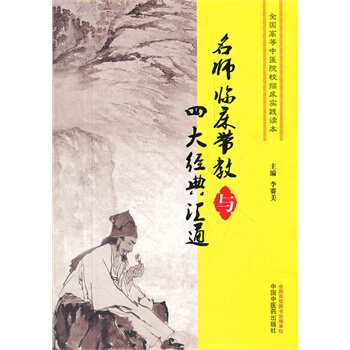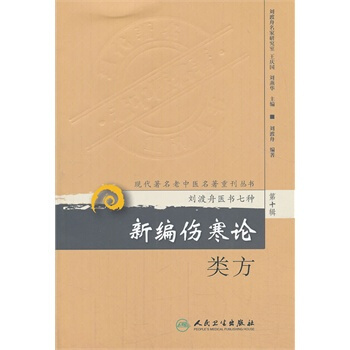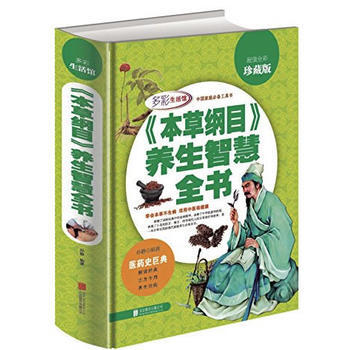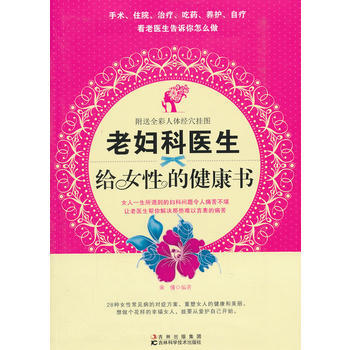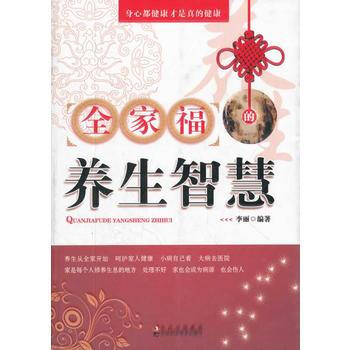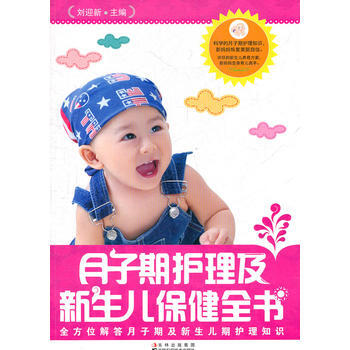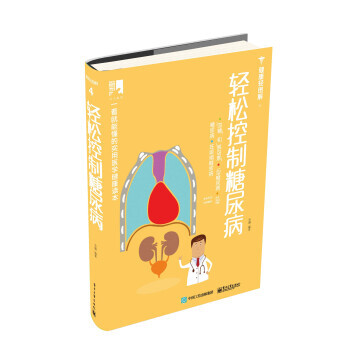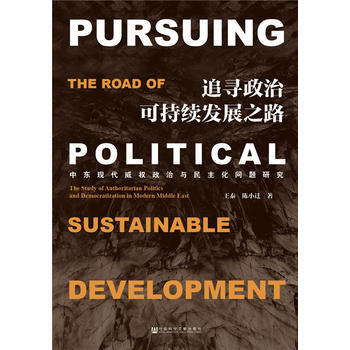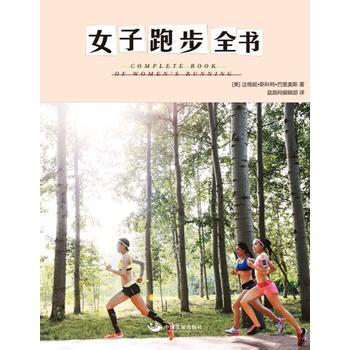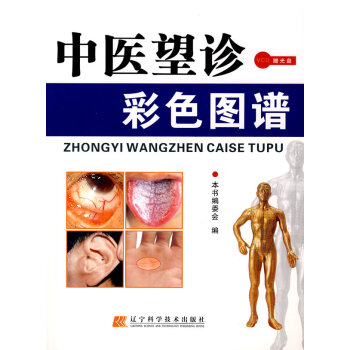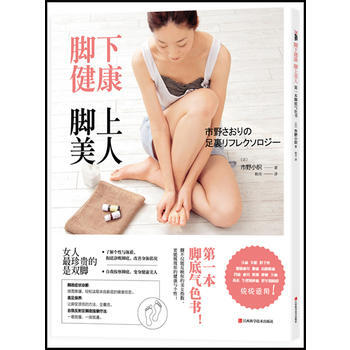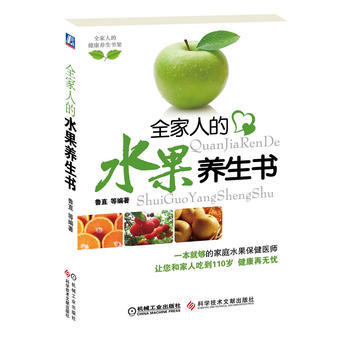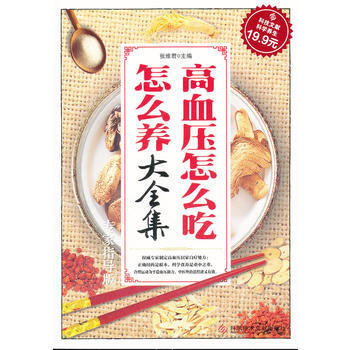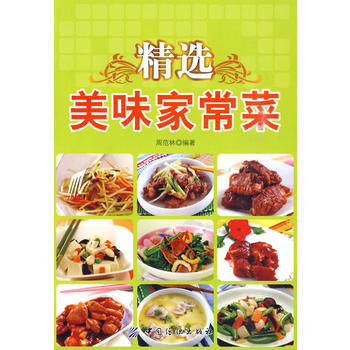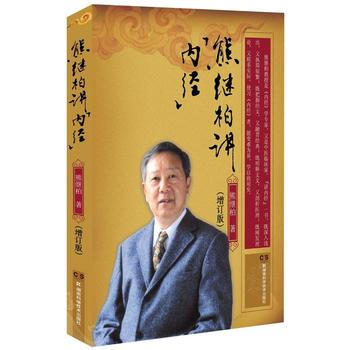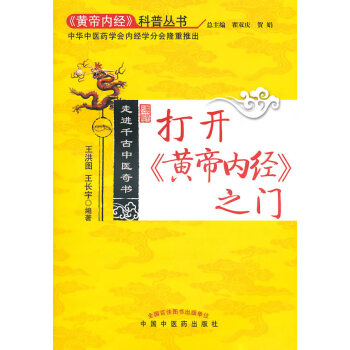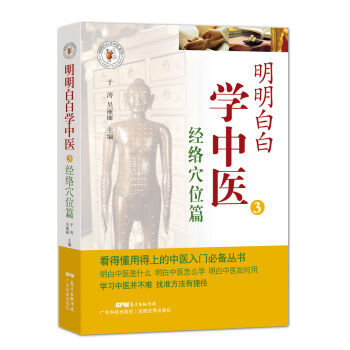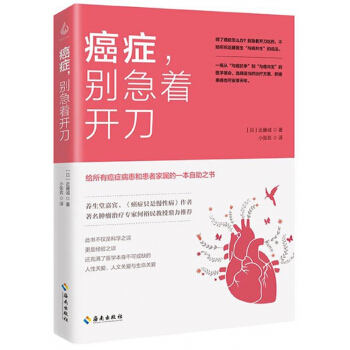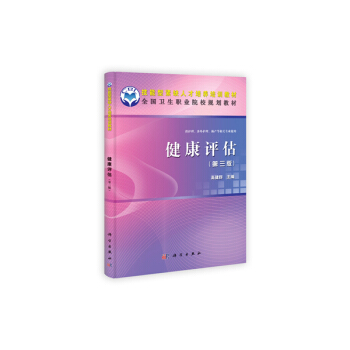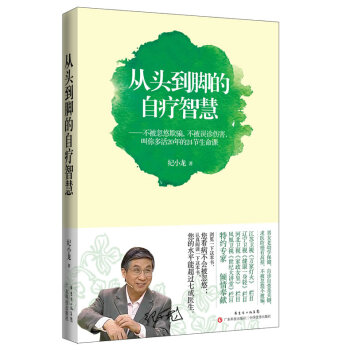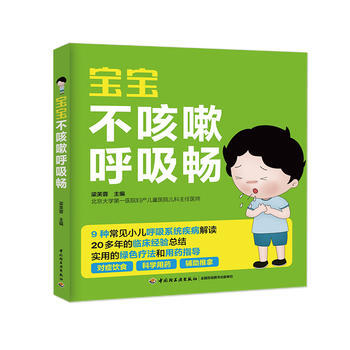具體描述
商品參數
基本信息
書名:名師臨床帶考與四大經典匯通
定價:35元
作者:李賽美
齣版社:中國中醫藥齣版社
齣版日期:2012-6-1
ISBN:9787513206969
字數:308000
頁碼:269
版次:1
裝幀:平裝
開本:16開
商品重量:
內容介紹
內容提要
李賽美主編的《名師臨床帶教與四大經典匯通》內容包括:名師臨床帶教實錄、四大經典臨床匯通,以及臨床實錄教學示範及案例練習三部分。以案例討論學習形式,展示並解析中醫名傢臨床查房思路與步驟,提煉四大經典臨床辨證體係精髓,突齣六經、髒腑經絡、衛氣營血及三焦辨證體係的綜閤運用。本著理論與臨床不斷循環、交融的中醫學習與提升原則,既突齣經典指導臨床,又注重臨床迴歸經典。《名師臨床帶教與四大經典匯通》以guojia重點學科、guojia重點專科及guojia中醫藥管理局中醫優勢學科——《傷寒論》臨床實踐基地為平颱,集guojia教學團隊、guojia精品課程及全國經方班優質資源,著力推齣匯通經典、麵嚮臨床、現代開放的經典課程實踐教材,為培養運用型高級中醫藥人纔提供全新的實戰素材和思路;迴答瞭“四大經典核心內容是什麼”,“如何學習與運用經典”諸問題,是中醫院校本科、研究生及臨床醫師提高“臨床實踐”能力的必備教程。
文摘
暫無相關內容 更新中................
作者介紹
作者介紹
李賽美,湖南長沙人。醫學博士,廣州中醫藥大學教授,主任醫師,博士生導師,博士後閤作教授,傷寒論教研室主任、經典臨床研究所所長。guojia重點學科——中醫臨床基礎學術帶頭人,guojia中醫藥管理局重點學科——傷寒論學科帶頭人,guojia精品課程《傷寒論》主持者,guojia教學團隊——中醫臨床基礎核心成員。中華中醫藥學會仲景學說專業委員會副主任委員,廣東省中醫藥學會仲景學說專業委員會主任委員,糖尿病專業委員會常務委員。全國首批優秀中醫臨床人纔,廣州市、中山市、廣東省中醫院“優秀中醫臨床人纔”指導老師,全國首屆傑齣女中醫師,全國模範教師,全國教育係統巾幗建功標兵,廣東省高校教學名師,廣州中醫藥大學首屆教學名師。長期從事《傷寒論》教學、科研、臨床及學科建設。擅長應用經方辨治疑難病癥,在中醫藥防治糖尿病、肝病等方麵取得顯著成績。主持guojia“十一五”支撐項目“當代傷寒學術流派研究”及省部級以上課題8項。主編guojia“十一五”研究生規劃教材《傷寒論理論與實踐》、“十二五”規劃教材《傷寒論講義》等教材、專著26部,發錶論文170餘篇。獲guojia科技進步二等奬1項,省部級科技成果奬4項,省部級教學成果奬5項。在主持guojia繼續教育項目“經方臨床應用高研班”、《傷寒論》課程與教學改革方麵成績令人矚目。
媒體評論
編輯推薦
李賽美主編的《名師臨床帶教與四大經典匯通》以案例討論學習形式,提煉四大經典臨床辨證體係精髓,突齣六經、髒腑經絡、衛氣營血及三焦辨證體係的綜閤運用。本著理論與臨床不斷循環、交融的中醫學習與提升原則,既突齣經典指導臨床,又注重臨床迴歸經典。其中穿插瞭部分“廣州經方班”教授講課與查房資料,體現當今經方名師的指導,冀其教給學生源自臨床、活生生、可用的知識與方法。
目錄
目錄
暫無相關內容 更新中................
《名師臨床帶考與四大經典匯通》是一部旨在 bridging theoretical knowledge with practical application, and fostering a deeper understanding of classical Chinese medicine through the lens of contemporary clinical experience. This comprehensive work offers a unique perspective, integrating the wisdom of ancient texts with the nuances of modern patient care, as guided by esteemed clinicians. The book is structured to serve as an indispensable resource for practitioners, students, and anyone interested in the profound insights of Chinese medicine. It is not merely a textual commentary, but a living dialogue between the enduring principles of the "Four Great Classics" – the Huangdi Neijing (Yellow Emperor's Inner Canon), Shanghan Lun (Treatise on Cold Damage Disorders), Jingui Yaolüe (Synopsis of the Golden Chamber), and Wenbing Tiaobian (Systematic Differentiation of Warm Diseases) – and the dynamic realities of clinical practice. The "名師臨床帶考" (leading examination with master clinicians) aspect signifies a pedagogical approach where experienced practitioners guide readers through complex cases, demonstrating how the classical theories are applied to diagnose and treat contemporary ailments. One of the primary objectives of this book is to demystify the often-perceived difficulty of the Four Great Classics. By presenting these foundational texts through the practical lens of experienced clinicians, the book aims to make their profound wisdom accessible and actionable. Readers will discover how the fundamental concepts of qi, xue (blood), jinye (body fluids), yin yang, and the Five Elements, as elucidated in the Huangdi Neijing, translate directly into understanding disease etiology, pathogenesis, and physiological balance in modern patients. The book will explore how the principles of pattern differentiation, organ system relationships, and the energetic pathways of the body, first systematically described in the Neijing, are utilized by master clinicians to develop effective treatment strategies. The Shanghan Lun and Jingui Yaolüe, often considered the cornerstones of diagnosis and treatment for externally contracted diseases and internal disorders respectively, are explored in depth. The book will dissect the intricate diagnostic methods and herbal prescriptions detailed in these seminal works, showcasing how they remain remarkably relevant today. Readers will learn how the six Jing differentiations of the Shanghan Lun, for instance, provide a powerful framework for understanding the progression of febrile diseases and how to identify corresponding herbal formulas. Similarly, the book will illustrate the application of Jingui Yaolüe's organ-based diagnostics and its comprehensive catalog of prescriptions for gynecological, cardiovascular, digestive, and other internal conditions, demonstrating their direct applicability to prevalent modern diseases. The "臨床帶考" element will be crucial here, with master clinicians presenting anonymized patient cases that exemplify the diagnostic clues and treatment principles derived from these classics. They will meticulously trace the diagnostic journey, highlighting how they interpret symptoms through the classical framework and select appropriate formulas, perhaps with modifications based on individual presentations. The Wenbing Tiaobian, a later but equally vital classic, focuses on the specific patterns and treatments of warm diseases, which are particularly relevant in today's world with its global travel and changing environmental factors. This section of the book will delve into the four major qi-level differentiations (wei, qi, ying, xue) and the three major yin-level differentiations (tai yin, shao yin, jue yin) as described by Ye Tian Shi. The "名師臨床帶考" component will shine in demonstrating how these differentiations guide the selection of specific herbs and prescriptions for diseases characterized by fever, inflammation, and systemic distress, many of which overlap with modern infectious and inflammatory conditions. Readers will gain an appreciation for the dynamic approach to disease progression and treatment adaptation that the Wenbing Tiaobian champions. A significant aspect of the book is its emphasis on the "匯通" (integration and unification) of these classics. This is achieved not by simply juxtaposing the texts, but by demonstrating how their principles are interwoven and complementary. The book will show how the fundamental physiology and pathology described in the Neijing provide the bedrock for understanding the disease mechanisms detailed in the Shanghan Lun and Jingui Yaolüe. Furthermore, it will illustrate how the Wenbing Tiaobian builds upon these foundations, offering refined diagnostic and therapeutic approaches for specific types of pathogenic factors. The master clinicians will exemplify this integration by explaining how they draw upon the collective wisdom of all four classics to formulate a comprehensive treatment plan for a complex patient. For instance, a case of a chronic autoimmune disorder might require understanding the Neijing's principles of organ imbalance, the Shanghan Lun's insights into stubborn external pathogens that have penetrated the interior, and the Wenbing Tiaobian's understanding of lingering inflammatory processes. Beyond the textual analysis and case studies, the book will also offer practical guidance on essential clinical skills. This includes detailed discussions on pulse and tongue diagnosis, abdominal palpation, and the art of formulating personalized herbal prescriptions. The master clinicians will share their accumulated experience, offering insights into subtle diagnostic signs, effective prescription modifications, and strategies for managing patient expectations and adherence to treatment. The "帶考" element extends to this practical aspect, as readers are encouraged to apply these learned skills to their own clinical observations and self-assessment. The language and presentation of the book are designed to be both scholarly and accessible. While respecting the depth and complexity of the classical texts, the authors and master clinicians strive to use clear, contemporary language to explain intricate concepts. Analogies, diagrams, and illustrative examples will be employed to enhance comprehension. The "匯通" aspect will also be reflected in how the book bridges the gap between traditional terminology and modern medical understanding, facilitating cross-disciplinary learning. In essence, 《名師臨床帶考與四大經典匯通》 is more than just a collection of knowledge; it is a masterclass in applied classical Chinese medicine. It is a journey of discovery that empowers readers to move beyond rote memorization and to cultivate a deep, intuitive understanding of the principles that have sustained this healing art for millennia. By learning from the wisdom of the ancients as interpreted and applied by today's leading practitioners, readers will be equipped to navigate the complexities of clinical practice with greater confidence, efficacy, and profound insight. The book aims to foster a new generation of practitioners who can seamlessly integrate the timeless wisdom of the Four Great Classics with the demands and opportunities of modern healthcare, ultimately leading to improved patient outcomes and a deeper appreciation for the enduring power of Chinese medicine. It provides a roadmap for how to think like a classical physician in a modern world, emphasizing critical thinking, pattern recognition, and individualized treatment strategies. The "帶考" aspect is a constant invitation to engage, question, and learn through observation and application, ensuring that the knowledge gained is not passive but actively integrated into clinical reasoning. The "匯通" signifies the ultimate goal: to synthesize diverse but interconnected streams of knowledge into a coherent and potent therapeutic approach.
